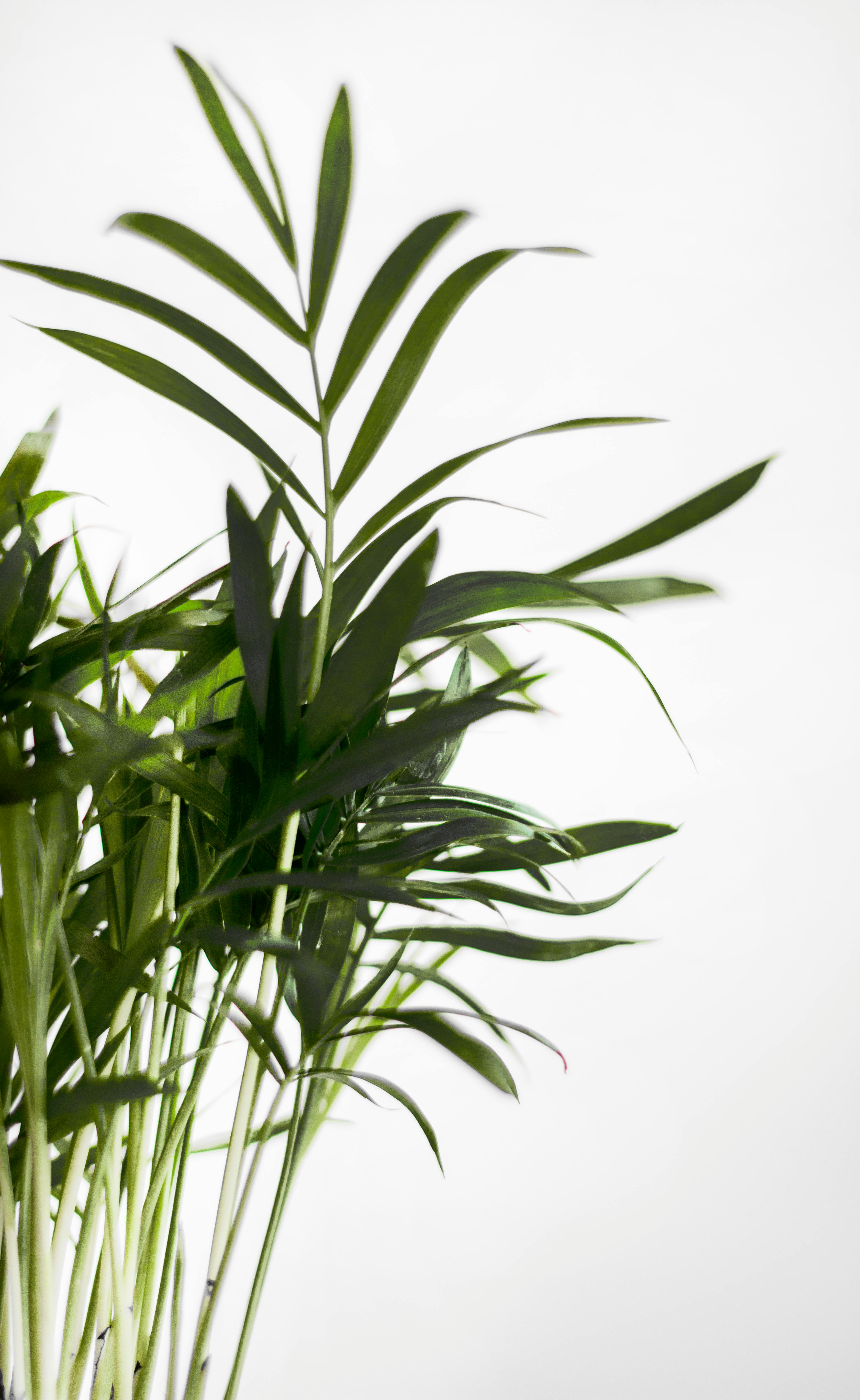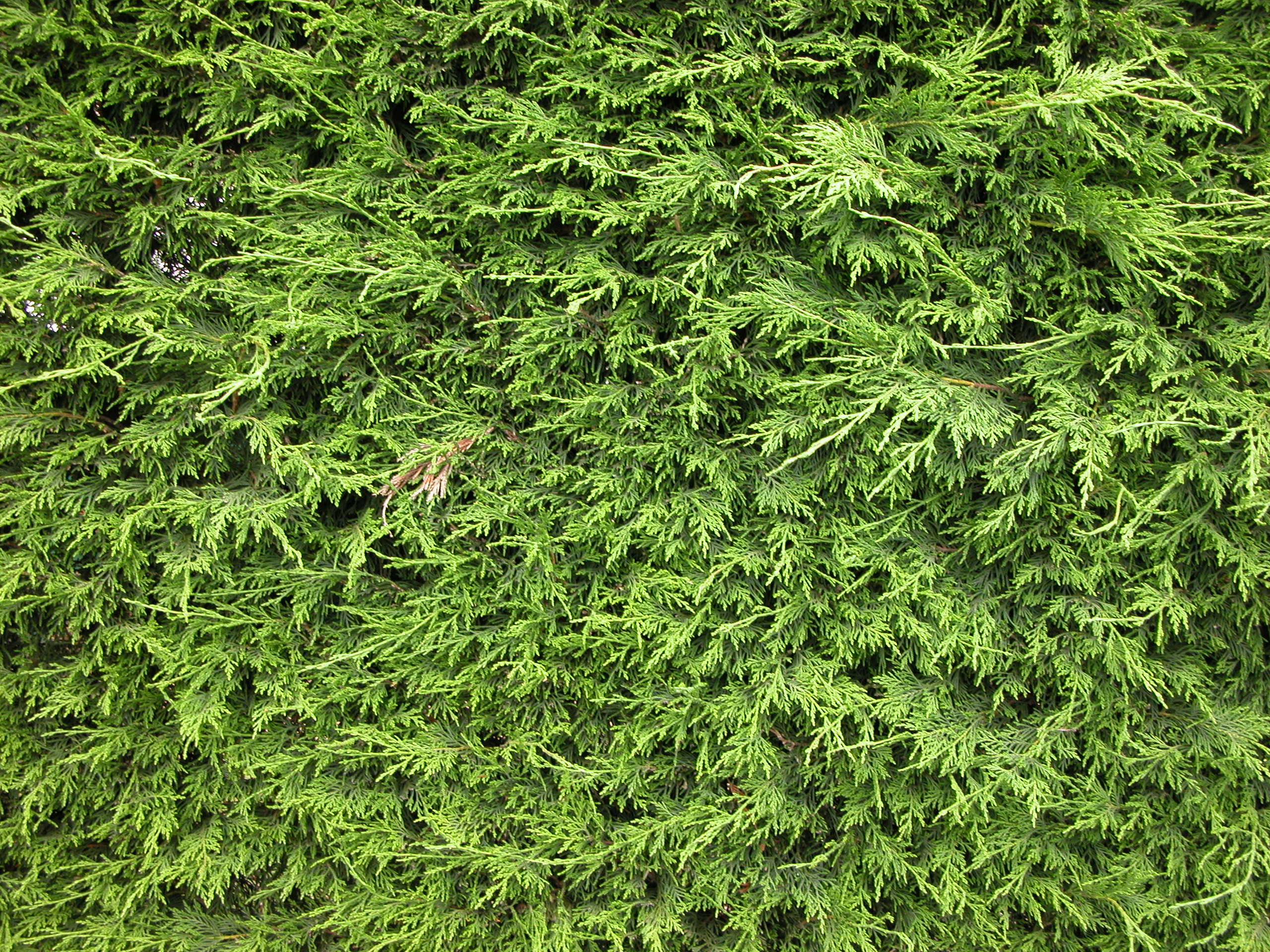Cottonseed is the seed of the cotton plant. The mature seeds are brown ovoids weighing about a tenth of a gram. By weight, they’re 60% cotyledon, 32% coat and 8% embryonic root and shoot. These are 20% protein, 20% oil and 3.5% starch. Fibers develop from the seed coat to form a boll of cotton lint. The boll is a protecting fruit and when the plant is grown commercially, it’s stripped from the seed by ginning and the lint is then processed into cotton fibre. For unit weight of fibre, about 1.6 models of seeds are produced. The seeds are about 15% of the worth of the crop and are pressed to make oil and used as ruminant animal feed. About 5% of the seeds are used for sowing the subsequent crop. Cottonseed is crushed in the mill after eradicating lint from the cotton boll. The seed is further crushed to take away any remaining linters or strands of minute cotton fibers.
 The seeds are further hulled and polished to launch the mushy and high-protein meat. These hulls of the cottonseed are then combined with different types of grains to make it appropriate for the livestock feed. Cottonseed meal and hulls are one of the most abundantly out there pure sources of protein and fiber used to feed livestock. Cottonseed as complement is marketed primarily towards agricultural sectors that feed dairy cows. Some feedlots use corn to complement the forage diets of cows excessive starch diets, such as those in corn supplemented diets, can result in liver harm in cows. Cottonseed is considered a safer different to corn supplemented diets because of its low starch content material. Cottonseed as livestock feed must also be monitored for safety since the foodstuff is excessive in vitality/fats and a lot fats content material in a cow’s weight loss program can disrupt its potential to digest fiber, leading to other complications.
The seeds are further hulled and polished to launch the mushy and high-protein meat. These hulls of the cottonseed are then combined with different types of grains to make it appropriate for the livestock feed. Cottonseed meal and hulls are one of the most abundantly out there pure sources of protein and fiber used to feed livestock. Cottonseed as complement is marketed primarily towards agricultural sectors that feed dairy cows. Some feedlots use corn to complement the forage diets of cows excessive starch diets, such as those in corn supplemented diets, can result in liver harm in cows. Cottonseed is considered a safer different to corn supplemented diets because of its low starch content material. Cottonseed as livestock feed must also be monitored for safety since the foodstuff is excessive in vitality/fats and a lot fats content material in a cow’s weight loss program can disrupt its potential to digest fiber, leading to other complications.
 Cottonseed meal is an effective source of protein. The 2 forms of meal extraction processes are solvent extraction and mechanical extraction. A lot of the meal is extracted mechanically by cottonseed kernels. The flaked cottonseed kernels are put under excessive strain by way of a screw inside a constantly revolving barrel. The screw pushes out the oil through the openings made in the barrel. The dry pieces left in the barrel are preserved and floor into meal. Throughout the solvent extraction process, the cottonseed kernels are subjected to effective grinding by pushing them by means of an expander and then the solvent is used to extract most of the oil. The solvent-extracted meals have a lower fat content material of 0.5% than the mechanically extracted meals with a fats content of 2.0%. Cottonseed meal comprises extra arginine than soybean meal. Cottonseed meal may be used in multiple ways: both alone or mixed with other plant and animal protein sources.
Cottonseed meal is an effective source of protein. The 2 forms of meal extraction processes are solvent extraction and mechanical extraction. A lot of the meal is extracted mechanically by cottonseed kernels. The flaked cottonseed kernels are put under excessive strain by way of a screw inside a constantly revolving barrel. The screw pushes out the oil through the openings made in the barrel. The dry pieces left in the barrel are preserved and floor into meal. Throughout the solvent extraction process, the cottonseed kernels are subjected to effective grinding by pushing them by means of an expander and then the solvent is used to extract most of the oil. The solvent-extracted meals have a lower fat content material of 0.5% than the mechanically extracted meals with a fats content of 2.0%. Cottonseed meal comprises extra arginine than soybean meal. Cottonseed meal may be used in multiple ways: both alone or mixed with other plant and animal protein sources.
The outer coverings of the cottonseed, generally known as cottonseed hulls, are removed from the cotton kernels earlier than the oil is extracted. Cottonseed hulls are a wonderful source of livestock feed as they include about 8% cotton linters, that are practically 100% cellulose. They require no grinding and easily mix with different feed sources. As they’re easy to handle, their transportation value can also be fairly low. Whole cottonseed is one other feed product of cottonseed used to feed livestock. It’s the seed left after the separation of lengthy fibres from cotton, and serves as a good source of cellulose for ruminants. Whole cottonseed leads to high manufacturing of milk and fats when fed to a excessive-producing dairy cow. It can be value efficient and supplies nutrients with a excessive protein worth of about 23%, crude fibre worth of 25%, and excessive power worth of 20%. Whole cottonseed serves as a highly digestible feed which also improves the reproductive performance in livestock.
“